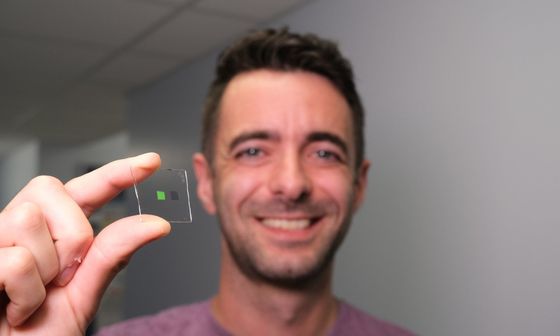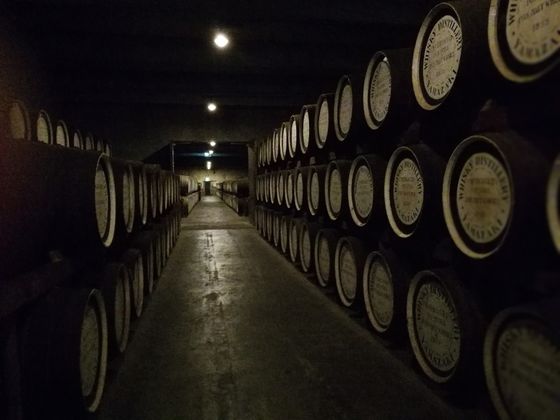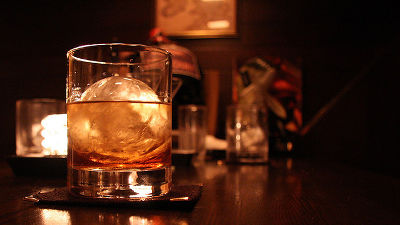An “artificial tongue” is developed that can see through counterfeit whiskey with an accuracy of 99.7%

by
A small sensor has been developed that can detect counterfeit whiskey like a human tongue. This sensor not only allows us to see what is not whiskey, but also by identifying the age of the whiskey and the difference in the age of the aged, it is possible to identify the brand with high accuracy.
Whiskey tasting using a bimetallic nanoplasmonic tongue-Nanoscale (RSC Publishing)
https://pubs.rsc.org/en/content/articlelanding/2019/NR/C9NR04583J
Scientists develop 'artificial tongue' to detect fake whiskies | Society | The Guardian
https://www.theguardian.com/society/2019/aug/06/scientists-develop-artificial-tongue-to-detect-fake-whiskies
Artificial 'tongue' can distinguish between whiskies
https://phys.org/news/2019-08-artificial-tongue-distinguish-whiskies.html
With the increasing popularity of whiskey in recent years, the number of counterfeit whiskeys on the market has also increased. According to a survey by Rare Whiskey 101, a brokerage agent that evaluates and sells rare whiskeys, 21 of the 55 vintage Scotch whiskeys on the market were distilled in a different era than the one on the label. It was a counterfeit whiskey.
The study used advanced radiocarbon dating , but a research team led by Alas Der William Clark at the University of Glasgow, UK, can identify whiskey brands and age with a small portable sensor. Developed technology.
Mr. Clark holds an enlarged model of the sensor part.

On the surface of this sensor, which Clark named “artificial tongue”, 2 million pieces of fine gold and aluminum pieces with a side of only 100 nm are laid in a grid. When a sample such as whiskey is hung on top of it and irradiated with light, the chemical substance applied to the metal piece or the surface of the metal piece reflects light with a slightly different wavelength depending on the type of molecule in the sample. The mechanism of the “artificial tongue” is to analyze the wavelength of this light and collate it with a database to identify what kind of liquid the sample is.
“Artificial tongue” cannot detect a specific chemical substance, but the difference in the substance contained in the liquid can be distinguished with extremely high accuracy. In the experiment conducted by Mr. Clark, the artificial tongue is whiskey of the same distillery, but the three kinds of brands ``

by eitamasui
About this, Clark explains, “Our tongue doesn't know the names of the ingredients in the coffee, but we can see the difference in the taste of the coffee. It ’s the same principle,” explains the flavors of each whiskey brand. He stated that he was detecting slight differences in the types and amounts of aromatic compounds .
Annabel Mikuru of the British group Keepers of the Quaich organized by Scotch whiskey industry people, `` I do not think that my master blender will run away, but it is a new invention that contributes to the elimination of counterfeit whiskey Is very grateful. '
Since the 'artificial tongue' can detect liquids already registered with high accuracy, it should be applied to a wide range of applications, from not only whiskey identification, but also to food quality inspection, toxic identification, and river water quality inspection. Is possible.
Related Posts:







